As someone who has guided travelers through towering mountain trails and bustling valleys, visiting Janakpur always feels like stepping into a vibrant, living legend. Nestled in the Terai plains of southeastern Nepal, this city is more than just bricks and mortar—it’s the heartland of devotion, romance, and rich Mithila heritage.
As a licensed guide from Kathmandu, I’ve had the chance to explore countless corners of our country, but Janakpur continues to surprise me with its color, warmth, and stories. Whether you’re drawn by mythology, architecture, or the sheer warmth of its people, Janakpur feels like a celebration of life itself. This blog is a personal reflection—an invitation to discover Janakpur the way I see it, live it, and love it.
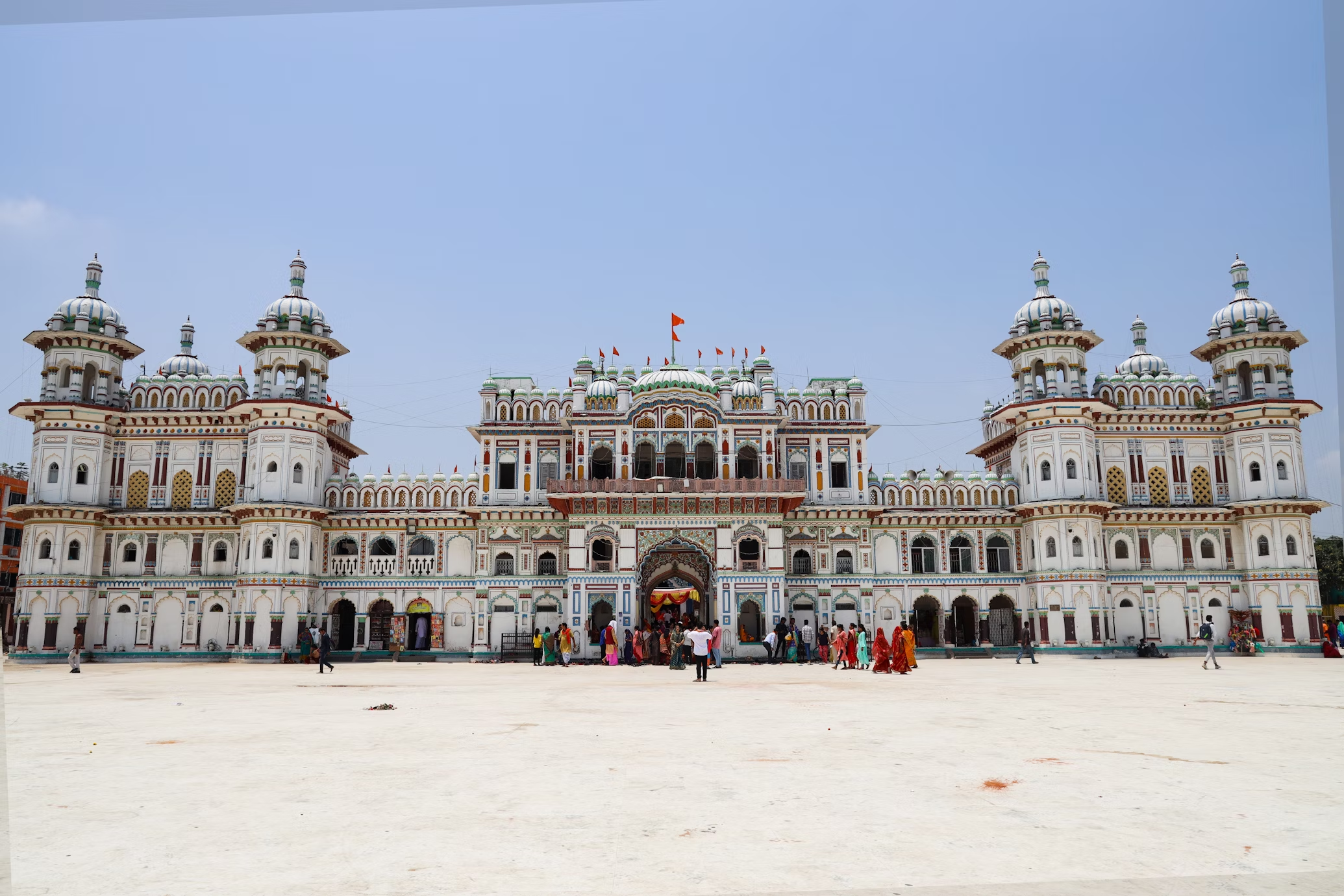
Historical Significance : Birthplace of Sita
During the ancient era, Janakpur was believed to have witnessed innumerable divine happenings, making it one of the most revered places in the Hindu pantheon. Here, the trees are also said to have seen the birth of Sita, the darling wife of Lord Ram. Sita’s father, King Janak, a philosopher of a king, benign ruler, wise, and righteous, governed Mithila, whose capital was Janakpur. One would have to hear the tale not just at temples but from folk songs, in murals, and from daily exchanges with the local populace. In my guiding journey, I have found profound satisfaction in sharing such stories with travelers.
Strolling through the streets of Janakpur is an exhilarating experience itself; imagine an outdoor museum. Central to them is the Janaki Mandir, an architectural marvel, whose white marble façade ignites in glory in the sun like a palace from a dream. Built in 1910, the temple, a combination of Mughal and Koiri architectures, fills one with reverence and awe, by Queen Vrisha Bhanu of Tikamgarh. I have seen guests go dumbfounded the moment they enter. During the vivah panchami festival reenacting the wedding of Ram and Sita, the city is transformed in simply magical ways.
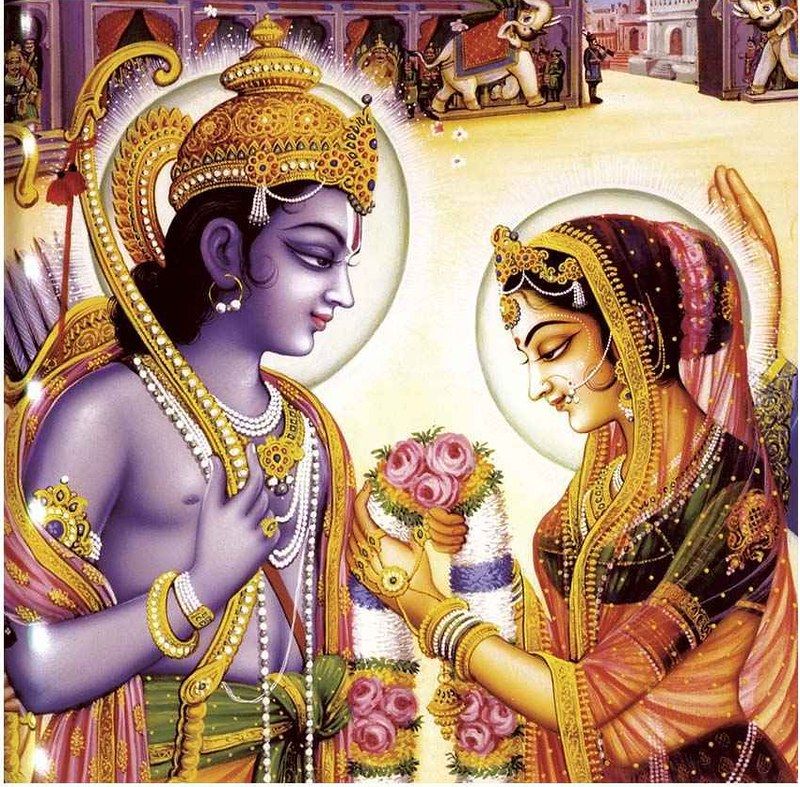
But what cemented the place in history is not just the ancient mythology; it should also be noted that the city played a pivotal role in the formation of the Maithili identity, its arts, and traditions’ preservation. Janakpur carries cultural memory deep within, from ancient manuscripts to contemporary Mithila paintings. Schools of Maithili language and philosophy still operate here, and I often introduce guests to local scholars who generously share insights. This sense of continued history gives the city a depth that lingers on long after the visit is over.
People and Lifestyle of Janakpur
Janakpur inhabitants embody a fascinating balance between tradition and adaptation. Most households here are fairly tight-knit, with generations living under one roof and following a pattern of life governed by festivals, farming, and food. Always faced with broad smiles and uncomfortable questions, especially if one throws in a few words in Maithili, one is bound to become more curious about the life of Janakpur. Hosting tea parties with some of the sweetest milky tea has opened an avenue for wonderful conversations about the local culture with residents who truly share their life with hospitality.
Agriculture still gives life to Janakpur, with paddy fields that stretch beyond the town’s limits like glowing green sheets. In the mornings, men and women would often wake up before sunrise to tend to their fields or go to the local markets, whilst neat little groups of children in uniforms would walk to school. The newer generation is getting better in education and information technology; many of the youths wish to take modern professions in tandem with their culture. It feels comforting every time one sees this change. The city is very much retaining its traditional form while slowly shuffling to the orbit of modernity.
Religious practices hugely influence daily routines, from sunrise rituals to temple visits in the evening. I remember being awakened by dawn, only to hear melodic incantations emanating from the nearby temples- a sound that sets the tempo for a serene day. Mythological and moral tales often steal into our conversations. This spiritual awareness colors the ambience here, gracing the mundane. Tourists often find themselves drifting into the unhurried, contemplative cadence of Janakpur life.
Major Attraction of Janakpur
If anything can be called the jewel of all Janakpur attractions, Janaki Mandir is exactly that. Its beautiful domes, lattice windows, and colored wall paintings never cease to enchant visitors. I always recommend visiting just after dawn or twilight as the temple shines in an unreal calm and with these chants would only contribute to the ambience. Another site I personally love taking tourists through is the Ram Mandir-simple but deeply revered. Here it giftwraps for the pilgrim an experience that is much more subtle, intimate, and personal in nature.
For those interested in cultural heritage, the Mithila Art Center really is well worth a visit. This is unlike any other museum, rather a pulsating art space where women from the vicinity manufacture fine Mithila colour on an indigenous made company paper. Each one has a story behind it, often unmarried and lost through the years. I have even arranged for a few painting workshops for interested guests – it truly will be a bright experience to connect into the culture. The artists are welcoming and keen to share their techniques and stories.

Others include Dhanusha Dham Where Lord Shiva’s broken bow is said to be buried in pieces and the sacred ponds like Ganga Sagar and Dhanush Sagar. Every one of those places has its importance in mythology and rituals in it, thereby adding to the experience. Just like putting together pieces of a spiritual puzzle. And of course, Vivah Mandap-the altar where the marriage ceremony took place between Ram and Sita-is always a hit with those wanting their own piece of the epic.
Hidden Gems of Janakpur
One of Janakpur’s hidden gems, Ratna Sagar temple complex lies beyond the ordinary tourist trail. The silence there speaks of more meditation; it is a place for deep reflection and quiet time. Very few people know of this spot, but the ones I have taken always talk about it as one of their trip highlights. The temple pond randomly sprinkled with flowering trees and chirping birds is a mini paradise. It is usually my own place for a cup of tea whenever I am in the town.
Another hidden gem is a local Maithili Thangka studio run by a family that has practiced this art for generations. It is not listed anywhere; you have to know someone to get in, and that adds to its charm. Guests are usually astonished at the fine detailing and the tales behind each painting. I always encourage them to support the artists directly; it’s a nice souvenir with a story. These hidden encounters make travel more meaningful.
Then, of course, one must not miss the early morning street market near the old town square. It has nothing graceful about it, yet it is roaring with colors, scents, and the hum of daily life. Here, vegetables, trinkets, sweets, and items for beseeching are sold amidst cheerful chatter. From here, I can sense the real heartbeat of Janakpur. For inquisitive travelers, this market is a treasure box of moments.
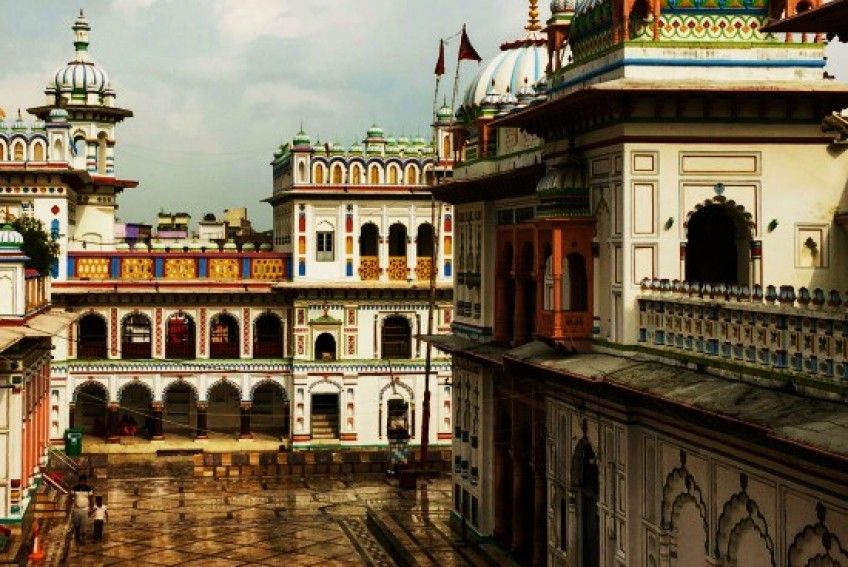
Local Foods and Flavors
It is a going-place, in which one is brightened up with grand levels of spices, comfort of textures, and much more love. You need to try the authentic Maithili thali, which is full of good old rice, lentils, seasonal vegetables, spicy pickles, and various fried items. I am a big fan of Taruwa (fried vegetables in gram flour batter) and Bagiya (steamed rice flour dumplings with sweet or spicy fillings). Street vendors will serve up hot samosas and puris that can compete with any fine dining restaurant. As always, I recommend guests dine at these small local places for a more authentic flavor of experience.
In the land of Janakpur, sweets take a different place in the world of cuisine. Thekuwa, a crunchy deep-fried cookie of wheat flour with jaggery, is not merely a snack; it is culture. Other favorites include Balushahi and Rasgulla, generally gifted during festivals and visits within a family. As you walk by a sweet shop, the air fills with sweet sugary aroma. The act of sharing these delights over a warm conversation happens to be one of my favorite things about this job.
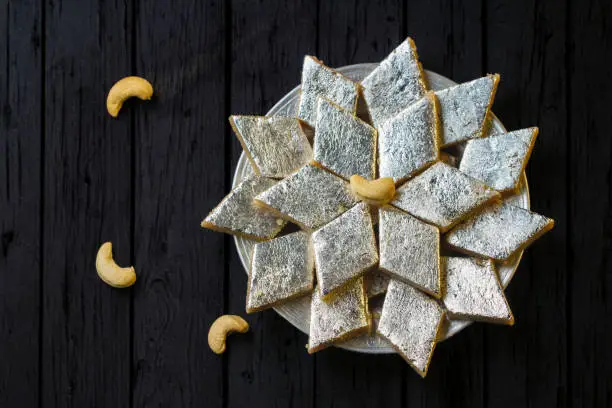
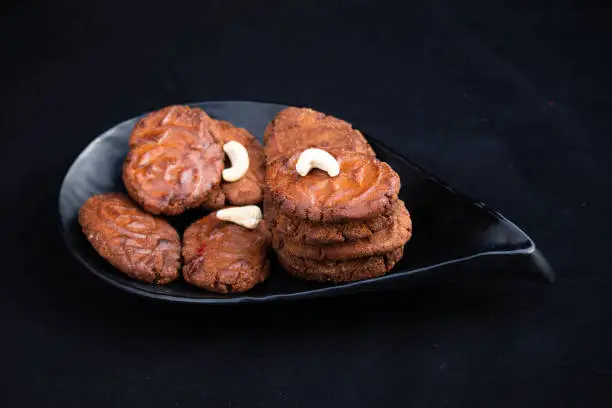
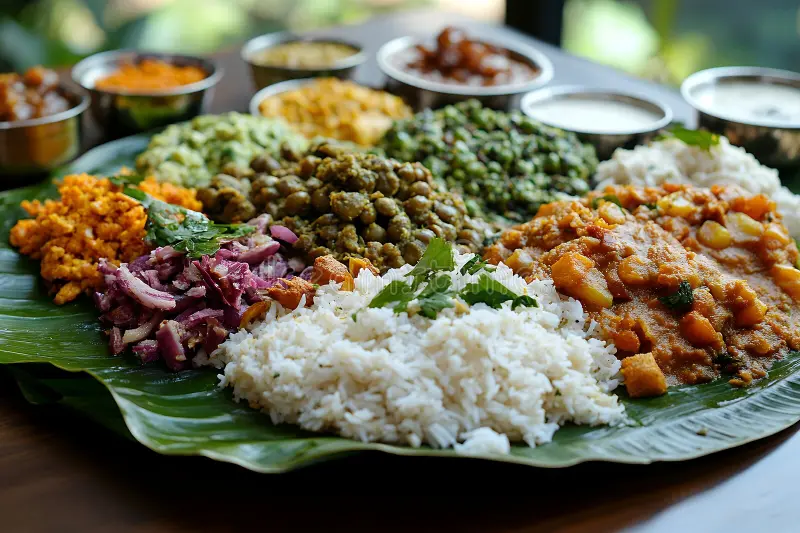
For something different, try the local lassi in clay cups-cool, refreshing, and the best after a temple visit. Just the simple act of sipping from a handmade cup makes it all the more wonderful. Many have said that the meal was the most memorable part of their journey, and I must say I agree. The flavor clings to you long after you’ve left the city.
Routes and How to Get There
Janakpur is easier to get into than most people would imagine. Daily flights from Kathmandu to Janakpur Airport take not quite 40 minutes, with beautiful views of the Terai landscape from the air. Buses and private vehicles march regularly along the road East-West Highway. I have done that a lot-it is wonderful, seeing glimpse of village life and landscape changes. Either way, the journey itself becomes part of the experience in getting to the place.
Once in Janakpur, rickshaw or foot traveling is the best way to get around. The city is small enough to be able to do so, and walking, well, introduces one to the rhythm of it all. With the friendly local population and always willing to guide should one be uncertain, I usually prepare routes for my guests that mix the well-known with the hidden must-sees and include as many tea stops as conversations. Slow travel works all its wonders at this point.
Janakpur is neighboring towns for Indians with towns such as Jayanagar and Sitamarhi making cross-border access to the city. This border gives the city a rather unique cultural infusion. I have guided hundreds of Indian pilgrims who visit this holy place but stay for the warmth, hospitality, and loveliness of the people. South, north, east, or west, Janakpur has a way of embracing everyone that comes to her.
Climate and the Optimum Time Visit
Janakpur is tropical in nature. Hot summers, mousey and muddy monsoon, and mild winters. In my view, visiting the place during October to March would be the best because the weather is generally nice and skies are clear most of the time. It is also the time most festivals are held, giving it an extra cultural spark. I remember one such winter Vivah Panchami in which the city appeared to be a canvas painted with devotion and joy. Janakpur indeed shines at such times.
Intense summers would ensure temperatures above 40 degrees. Staying hydrated and wearing really thin light clothes would be essential. This period would stretch from June to September: the monsoon-it brings lush greenery everywhere but with it muddy streets and lots of rains. Yet, many of the best moments I have spent in Janakpur have come on the rainy, quiet mornings of the monsoon. Poetry runs through rain tapping on temple roofs as this slow wake-up of the city occurs. At this point, you are prepared to enjoy all the seasons-they each come with their unique charm.

It is cool enough in winter to give an average daytime temperature of about 20°C. This means it is much more conducive to exploration without having to be overly concerned about burning heat or sudden rains. Nights can be a touch brisk, so I always insist on having a light jacket handy. The air is fresher, and the city feels pretty slack. This season is the best for first-time visitors.
Conclusion
Whether you believe in travel destinations or it’s just an experience that calls to your heart, Janakpur firmly upholds both. For me, showing guests around in this city is more than just showing them the sights; it’s handing them some stories, sharing laughter with them or sharing a moment of silence in awe. A place where temples ring with their bells and where scents waft from fresh sweets, Janakpur leaves an indelible mark upon all. Here is the intersection of myth and modern life that lives hospitality as a continuous tradition. Hope you experience this journey as memorial as all my trips here are – Namaste and safe travels!

